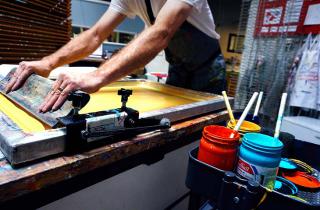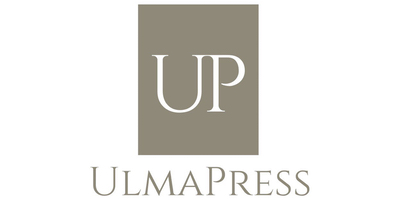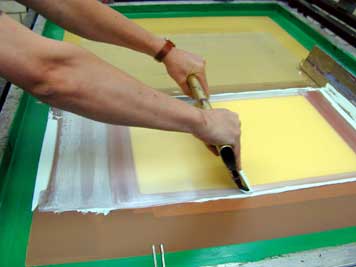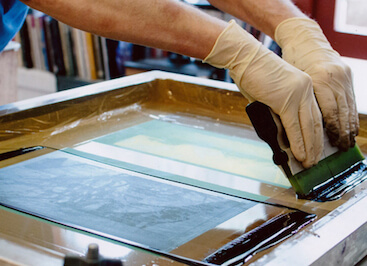
Screen printing is also known as silkscreen printing because silk was used in the process prior to the invention of synthetic polyamide which is in use now.
What screen printing is used for?
Screen printing gives full freedom for truly original and creative ideas.
Screen printing transfers a thick layer of ink to any surface, e.g. paper, plastic, glass, ceramics, metal, fabric, leather, i.e. to any printable surface.
Inks are important part of this process. They differ from all other types of inks by their high covering ability. Thanks to this feature, it is possible to print on dark materials, as opposed to digital or offset printing.
Another feature of screen printing is possibility to obtain a volumetric ink layer with a saturated colour range, as well as possibility to simulate various textures and reliefs.
Screen printing allows turning into reality almost any creative ideas and solutions. Printing can be both full-colour and black and white. In addition, not only inks, but other liquid and pasty substances can be used in this printing method, e.g. varnish, glue, glitters, conducting particles, fluorescent inks, etc.
Screen printing output is a bright and clear image which does not fade for a long time.
Screen printing is an ideal solution for short and medium runs.



